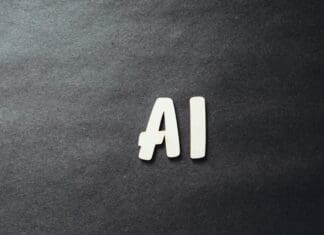This post is also available in:
 עברית (Hebrew)
עברית (Hebrew)

In this day and age of highly advanced crimes on the one hand, and intensifying terrorism on the other, the sense among intelligence service, law enforcement authorities and security experts, is that “the flood gates have opened”. For these security professionals, the greatest challenge nowadays is not obtaining the data, but rather how to analyze it and understand it faster and more efficiently. So-called ‘unstructured data’ continues to constitute the most significant technological challenge.
The ‘classic’ process of intelligence work actually consists of three levels or stages. These processes are essentially at times chronological as well as comprising overlapping aspects. The first stage consists of gathering the raw data, obtaining it or otherwise extracting it. Then comes the stage in the framework of which the data is ‘normalized’, arranged in such a way that it is coherent, that it makes sense. The last stage is characterized by the bulk of analysis work: formulating conclusions and mining for insights. The most challenging stage nowadays, is to automate the data normalization stage. Meaning, structuring and setting it in such a way that it is coherent. This requires sifting through a great deal of data and information, which is for the most par raw, unstructured: video streams, images, audio and so on.
When un-structured data is received, or gathered, such as video clips or stills, for instance of a busy street in the middle of the day (for instance taken by security or ‘safe city’ cameras), this calls for data analysts and decipherers. They extract the usable material from the raw footage. The ‘where’ and ‘when’ of the material it is usually given, or built in as part of the gathering or extraction process. In the best case scenario, you also know whether there was any crowd at the scene or some disturbance to traffic.
Register to iHLS Israel Homeland Security
Details such as identifying passers-by and comparing them to ‘wanted’ lists (whether on the grounds of criminal or terror activity, or some police target), are highly sought after, the real prize, as it were. Contemporary systems and technologies find it very difficult to address these details and handle them at high levels of credibility and maintaining a low false identification rate.
As in many other cases, intelligence receives assistance from the most unexpected (or perhaps expected after all) places. The first and foremost source: computer games. Game developers have at their disposal several tools that intelligence services lack: crowdsourcing and creativity, huge budgets and so on. Moreover, when gaming companies make mistakes, there is no loss of human life.
An Israeli company, Face-Six, established four years ago, is dedicated to featuring real time gamer identification as they use their TV sets to play. This is akin to Shazam. The company recently added a few local and international security customers to its portfolio.
The company’s Face recognition technology is based on mathematical algorithms which translate the face data into comparable vectors or templates. In fact, the system learns from one session to another, constantly improving performance and results when it comes to identifying targets and distinguishing between them.
This product is highly suitable for both civilian and security customers. For instance, for identifying people in a crowd for commercial and advertising purposes. According to the company, the potential for annual turnover in this market, which it hopes to corner, is $50 billion.

























